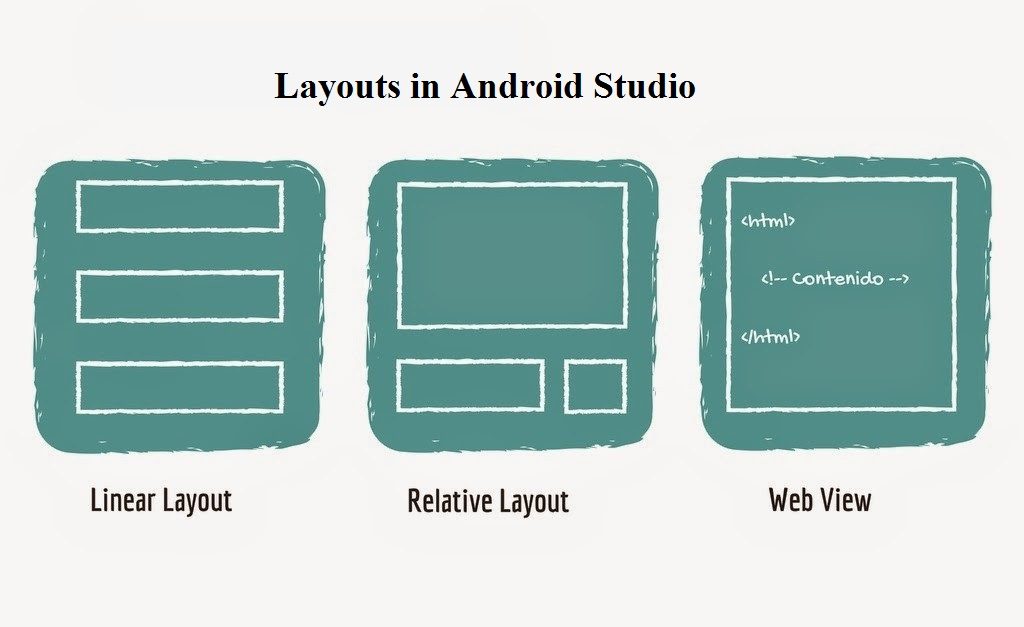


Your own app, because you know the class name of the activity or service you want to start. You'll typically use an explicit intent to start a component in

Explicit intents specify the component to start by name (theįully-qualified class name).SendOrderedBroadcast(), or sendStickyBroadcast(). You can deliver a broadcast to other apps by passing an Intent The system delivers variousīroadcasts for system events, such as when the system boots up or the device starts charging. For more information, see the Services guide.Ī broadcast is a message that any app can receive. If the service is designed with a client-server interface, you can bind to the serviceįrom another component by passing an Intent to bindService(). (such as download a file) by passing an Intentĭescribes the service to start and carries any necessary data. You can start a service to perform a one-time operation Your activity receives the resultĪs a separate Intent object in your activity's onActivityResult() callback.įor more information, see the Activities guide.Ī Service is a component that performs operations in the background If you want to receive a result from the activity when it finishes,Ĭall startActivityForResult(). Instance of an Activity by passing an Intentĭescribes the activity to start and carries any necessary data. An Intent is a messaging object you can use to request an actionĪlthough intents facilitate communication between components in several ways, there are threeĪn Activity represents a single screen in an app.


 0 kommentar(er)
0 kommentar(er)
